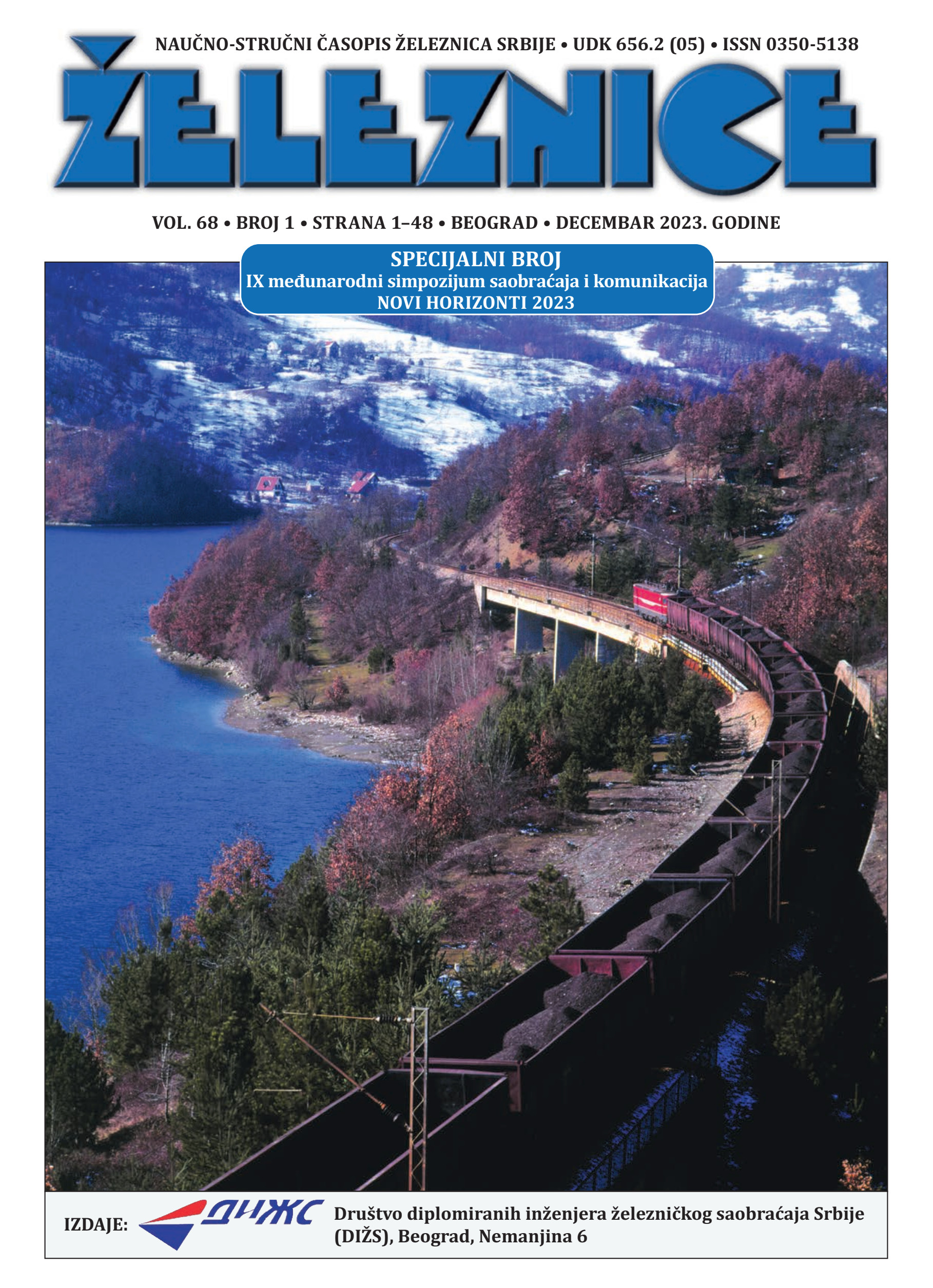ODRŽIVA ALTERNATIVA ZA BARIJERU PROTIV BUKE ŽELEZNIČKIH VOZILA
Ključne reči:
železnička infrastruktura, ilovača, kružna ekonomija, iskopano zemljišteApstrakt
Barijere protiv buke su strukture koje sprečavaju direktan prenos vazdušne buke koju emituje saobraćaj. One igraju važnu ulogu duž železničkih pruga u zaštiti stambenih područja od visokog zagađenja bukom. Barijere protiv buke su trenutno napravljene od energetski veoma intenzivnih materijala kao što su beton, staklo, aluminijum, impregnirano drvo itd. Pored visokih troškova i velike količine uložene energije tokom izgradnje, proces reciklaže je retko moguć kada bi barijere protiv buke trebalo zameniti ili srušiti. Stoga, neophodno je razviti jeftine i održive alternative. Sa svojim niskim potrebama za primarnom energijom, regionalna dostupnost i potpuna mogućnost recikliranja, ilovača može biti najbolja pogodna alternativa. Ilovača se proizvodi u velikim količinama kao iskopani materijal pri izgradnji pruga i puteva. Dakle, bolja opcija od odlaganja iskopanog materijala, koje je skupo, je njegova direktna upotreba. Pored toga, ilovača nudi optimalnu zvučnu izolaciju zbog svoje mase i porozne površine. Studija je identifikovala i uporedila moguće tehnike barijera protiv buke korišćenjem ilovače. Ovaj rad daje uvid u (i) tehnike građenja pogodne za barijere protiv buke; (ii) standarde i regulatorne okvire, kao i (iii) životni ciklus cena i prednost barijera protiv buke od ilovače u odnosu na konvencionalne.


